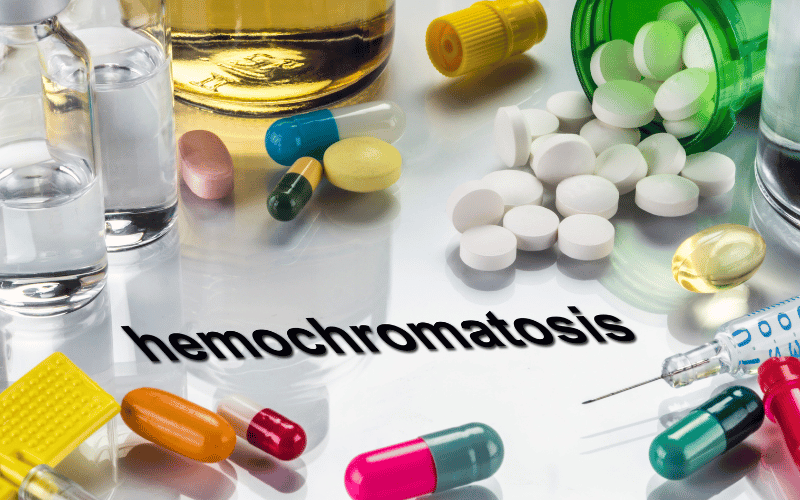Introduction: Delving into Hemochromatosis and its Causes
Hemochromatosis, or iron overload, is a health condition characterized by excessive accumulation of iron in the body’s tissues. This disease poses serious health risks and necessitates a thorough understanding of its causes, symptoms, and management strategies. The condition is often hereditary but can also result from various other factors, making it crucial to unravel the complexities surrounding its onset and progression.

Understanding the causes of hemochromatosis is the first step towards effective management and prevention. This disease can silently progress for years, leading to severe organ damage before symptoms become apparent. Early detection and intervention are vital, and this requires a solid grasp of the potential causes and risk factors associated with iron overload.
In this article, we aim to dissect the ten primary causes of hemochromatosis, providing a detailed analysis to assist individuals, healthcare providers, and anyone interested in deepening their understanding of this condition. Through this exploration, we hope to shed light on the complexities of hemochromatosis, offering valuable insights for better management and prevention.
Cause 1: Genetic Predisposition

Genetic factors play a pivotal role in hemochromatosis, and it’s predominantly seen in individuals with a family history of the condition. The HFE gene, in particular, is closely associated with iron overload. When mutations occur in this gene, the body’s ability to regulate iron absorption from the digestive tract goes haywire, leading to excessive iron being absorbed and stored in various organs, particularly the liver, heart, and pancreas. This not only disrupts their normal function but also poses severe health risks if not managed timely.
Most commonly, two specific mutations, C282Y and H63D, are identified in individuals with hemochromatosis. It’s observed that people inheriting two copies of C282Y, one from each parent, are at a higher risk. However, not everyone with these genetic mutations will develop hemochromatosis, indicating that other factors also play a role in the disease’s manifestation.
Awareness and early detection are paramount for those with a genetic predisposition. Genetic testing serves as a valuable tool in identifying individuals at risk, helping them take preventive measures early on. By understanding their genetic makeup, individuals can work closely with healthcare providers to monitor their iron levels and take necessary actions to prevent iron overload.
While genetic predisposition puts individuals at a higher risk, it doesn’t guarantee the onset of hemochromatosis. Lifestyle choices, dietary habits, and other health conditions also contribute to the disease’s progression. Thus, a holistic approach, taking into account genetic factors and other contributing elements, is crucial for effective management.
In conclusion, while genetics play a crucial role in hemochromatosis, awareness, proactive monitoring, and timely interventions can make a significant difference. Individuals with a family history of the disease shouldn’t leave things to chance; instead, they should arm themselves with knowledge and resources to manage their health proactively. (1)